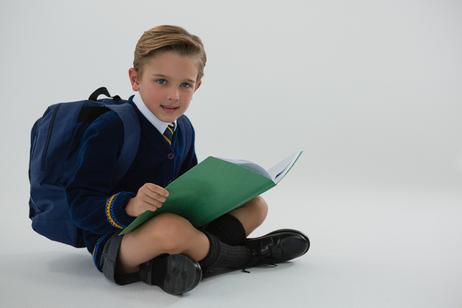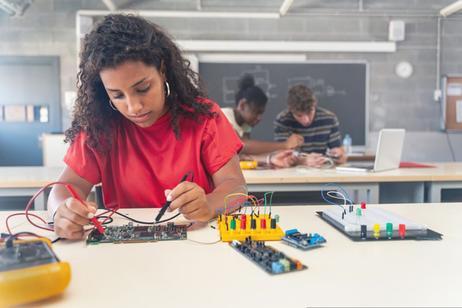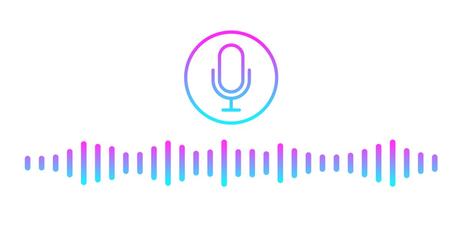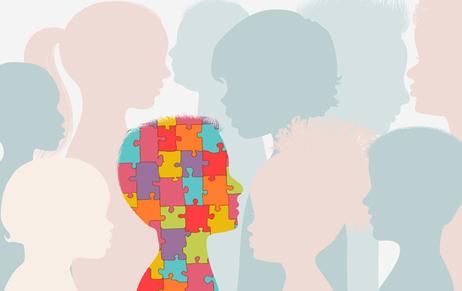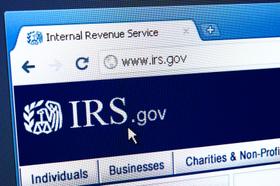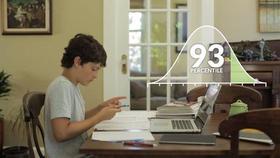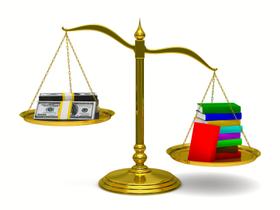The utilization of vouchers in education has been a subject of ongoing debate in various states, and Arizona is no exception. Vouchers, also known as school choice programs, provide public funds that parents can use to cover tuition expenses at private schools. In this article, we will delve into Arizona's current state of vouchers, exploring relevant state laws and evaluating the pros and cons of this contentious issue. However, before we delve into Arizona's voucher program, here is a look at the beginnings of voucher programs.
How voucher programs got their start.
Voucher programs have their roots in the mid-20th century. Economists and politicians initially promoted vouchers for educational choices and alternatives to traditional public schools. The concept of vouchers gained traction as a response to concerns about the quality of education, particularly in disadvantaged communities.
Here is a brief overview of the historical context and reasons behind the emergence of voucher programs:
Milton Friedman and the School Choice Movement
The intellectual foundation of voucher programs can be traced back to economist Milton Friedman, who popularized the idea in his seminal 1955 essay "The Role of Government in Education.
Friedman argued for a system where government funding would follow students, enabling parents to choose the educational institutions that best meet their children's needs, including public and private schools.
Civil Rights Movement and Desegregation
During the Civil Rights Movement in the 1950s and 1960s, there was a push for desegregation and equal access to

